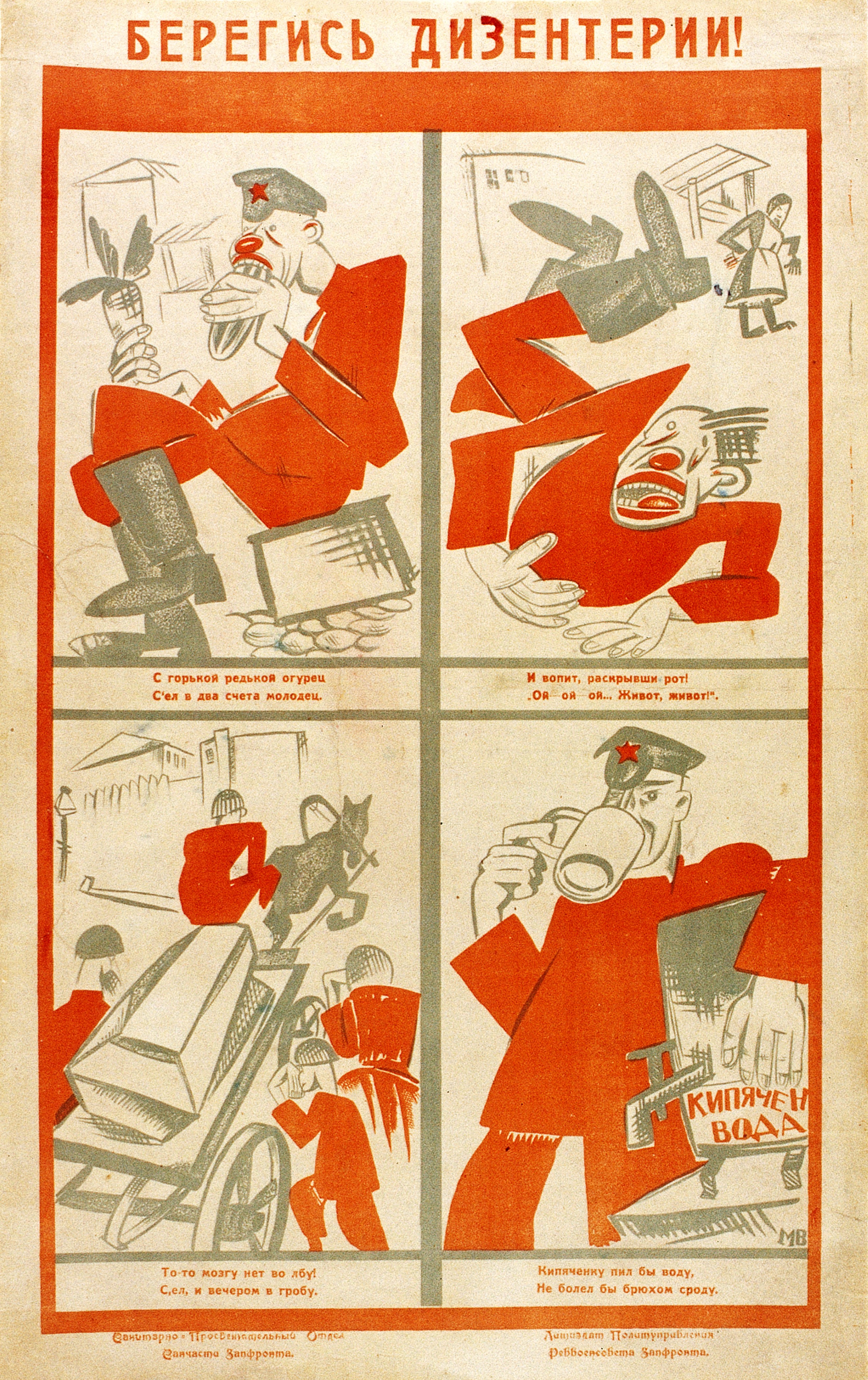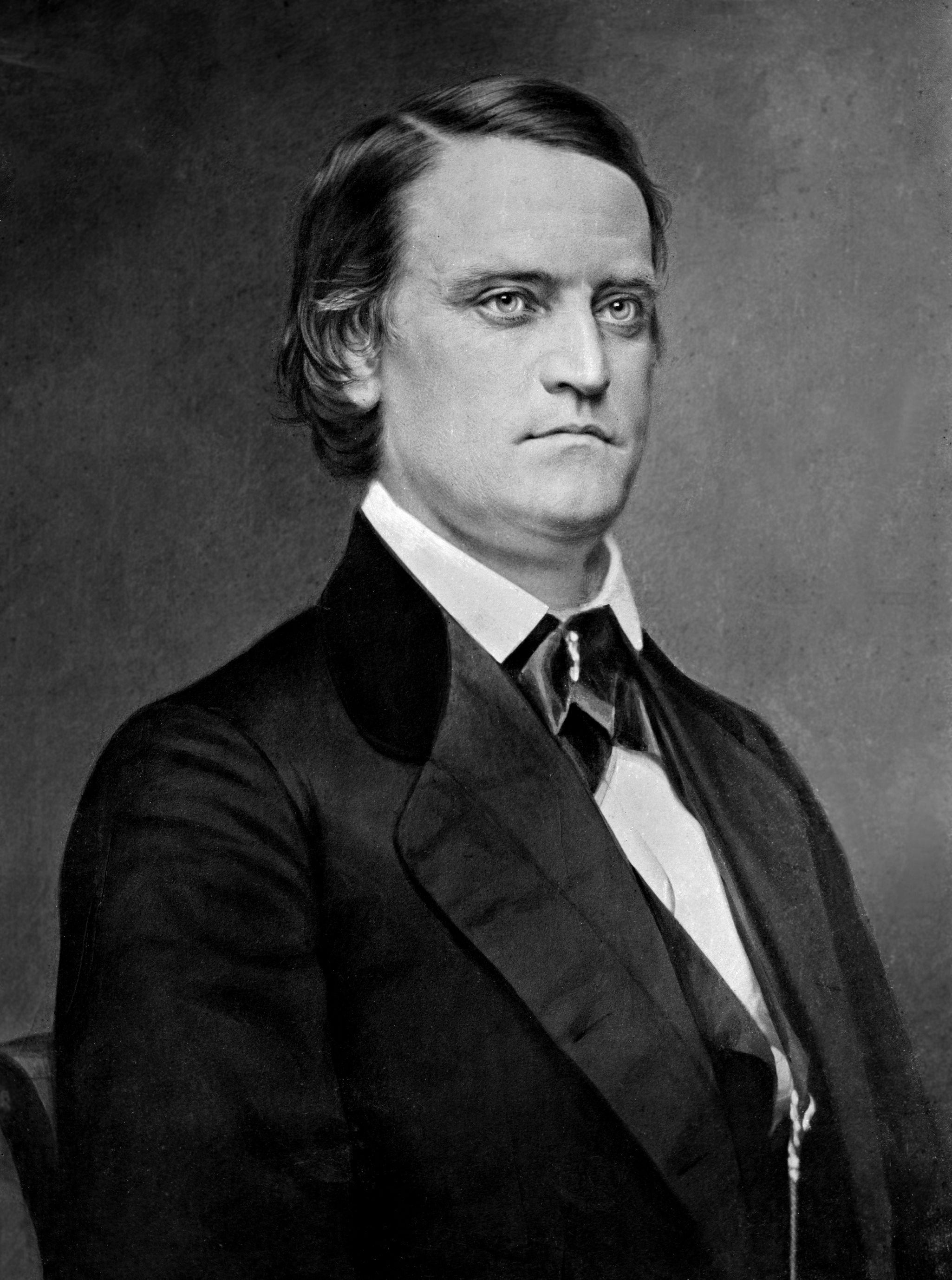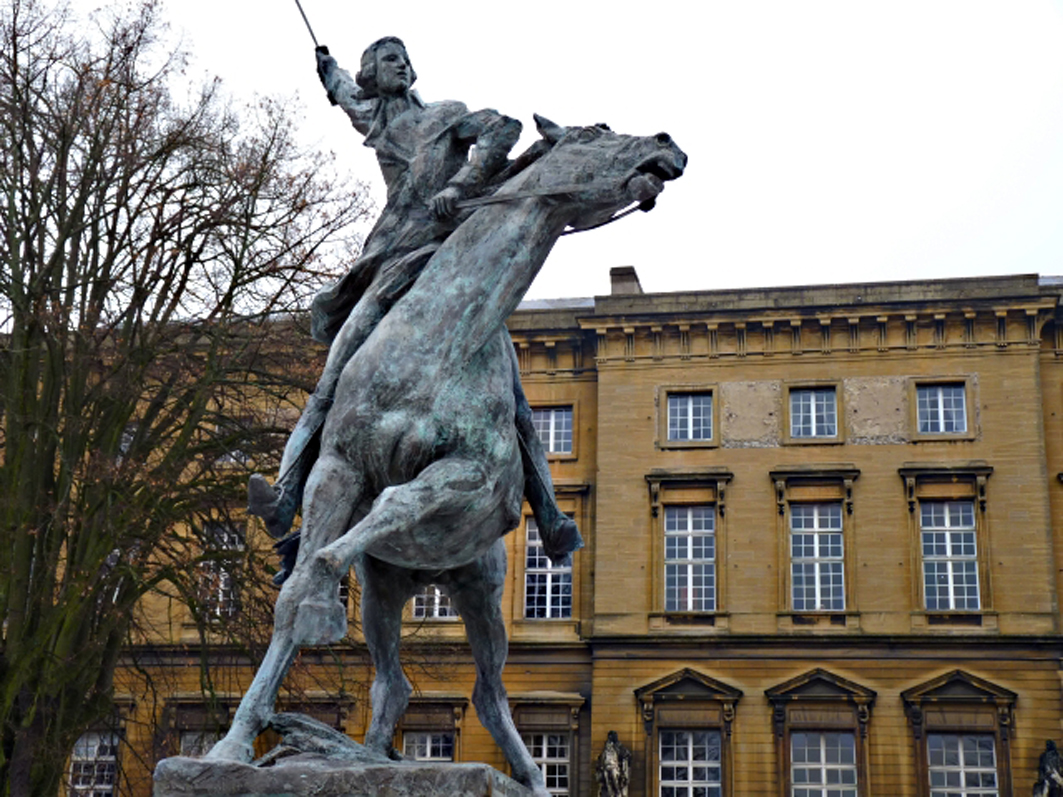|
Amos P. Granger
Amos Phelps Granger (June 3, 1789 – August 20, 1866) was a U.S. Representative from New York, cousin of Francis Granger. Granger served as a captain in the War of 1812. Early life Granger was born in Suffield, Connecticut on June 3, 1789. He was the youngest of four children born to Dr. Amos Granger (1748–1811) and Ann Phelps (1753–1806). His father was a prominent physician who served in the Connecticut Legislature from 1788 to 1791 and also served in the militia alongside General Horatio Gates during the American Revolutionary War He was a first cousin of fellow U.S. Representative Francis Granger through his uncle, Gideon Granger, the longest-serving United States Postmaster General (under Presidents Thomas Jefferson and James Madison). Granger attended the public schools. Career In 1811, he moved to Manlius, New York, where he was president of the town for several years. He served as captain in the War of 1812 at Sackets Harbor and on the Canada–US border. ... [...More Info...] [...Related Items...] OR: [Wikipedia] [Google] [Baidu] |
New York (state)
New York, also called New York State, is a U.S. state, state in the northeastern United States. Bordered by New England to the east, Canada to the north, and Pennsylvania and New Jersey to the south, its territory extends into both the Atlantic Ocean and the Great Lakes. New York is the List of U.S. states and territories by population, fourth-most populous state in the United States, with nearly 20 million residents, and the List of U.S. states and territories by area, 27th-largest state by area, with a total area of . New York has Geography of New York (state), a varied geography. The southeastern part of the state, known as Downstate New York, Downstate, encompasses New York City, the List of U.S. cities by population, most populous city in the United States; Long Island, with approximately 40% of the state's population, the nation's most populous island; and the cities, suburbs, and wealthy enclaves of the lower Hudson Valley. These areas are the center of the expansive New ... [...More Info...] [...Related Items...] OR: [Wikipedia] [Google] [Baidu] |
James Madison
James Madison (June 28, 1836) was an American statesman, diplomat, and Founding Fathers of the United States, Founding Father who served as the fourth president of the United States from 1809 to 1817. Madison was popularly acclaimed as the "James Madison as Father of the Constitution, Father of the Constitution" for his pivotal role in drafting and promoting the Constitution of the United States and the United States Bill of Rights, Bill of Rights. Madison was born into a prominent slave-owning Planter class, planter family in Virginia. In 1774, strongly opposed to British taxation, Madison joined with the Patriot (American Revolution), Patriots. He was a member of the Virginia House of Delegates and the Continental Congress during and after the American Revolutionary War. Dissatisfied with the weak national government established by the Articles of Confederation, he helped organize the Constitutional Convention (United States), Constitutional Convention, which produced a n ... [...More Info...] [...Related Items...] OR: [Wikipedia] [Google] [Baidu] |
1866 Deaths
Events January * January 1 ** Fisk University, a historically black university, is established in Nashville, Tennessee. ** The last issue of the abolitionist magazine '' The Liberator'' is published. * January 6 – Ottoman troops clash with supporters of Maronite leader Youssef Bey Karam, at St. Doumit in Lebanon; the Ottomans are defeated. * January 12 ** The '' Royal Aeronautical Society'' is formed as ''The Aeronautical Society of Great Britain'' in London, the world's oldest such society. ** British auxiliary steamer sinks in a storm in the Bay of Biscay, on passage from the Thames to Australia, with the loss of 244 people, and only 19 survivors. * January 18 – Wesley College, Melbourne, is established. * January 26 – Volcanic eruption in the Santorini caldera begins. February * February 7 – Battle of Abtao: A Spanish naval squadron fights a combined Peruvian-Chilean fleet, at the island of Abtao, in the Chiloé Archipelago of southern Chile. * February 13 � ... [...More Info...] [...Related Items...] OR: [Wikipedia] [Google] [Baidu] |
1789 Births
Events January–March * January – Emmanuel Joseph Sieyès publishes the pamphlet '' What Is the Third Estate?'' ('), influential on the French Revolution. * January 7 – The 1788-89 United States presidential election and House of Representatives elections are held. * January 9 – Treaty of Fort Harmar: The terms of the Treaty of Fort Stanwix (1784) and the Treaty of Fort McIntosh, between the United States Government and certain native American tribes, are reaffirmed, with some minor changes. * January 21 – The first American novel, '' The Power of Sympathy or the Triumph of Nature Founded in Truth'', is printed in Boston, Massachusetts. The anonymous author is William Hill Brown. * January 23 – Georgetown University is founded in Georgetown, Maryland (part of modern-day Washington, D.C.), as the first Roman Catholic college in the United States. * January 29 – In Vietnam, Emperor Quang Trung crushes the Chinese Qing forces ... [...More Info...] [...Related Items...] OR: [Wikipedia] [Google] [Baidu] |
Dysentery
Dysentery ( , ), historically known as the bloody flux, is a type of gastroenteritis that results in bloody diarrhea. Other symptoms may include fever, abdominal pain, and a feeling of incomplete defecation. Complications may include dehydration. The cause of dysentery is usually the bacteria from genus '' Shigella'', in which case it is known as shigellosis, or the amoeba '' Entamoeba histolytica''; then it is called amoebiasis. Other causes may include certain chemicals, other bacteria, other protozoa, or parasitic worms. It may spread between people. Risk factors include contamination of food and water with feces due to poor sanitation. The underlying mechanism involves inflammation of the intestine, especially of the colon. Efforts to prevent dysentery include hand washing and food safety measures while traveling in countries of high risk. While the condition generally resolves on its own within a week, drinking sufficient fluids such as oral rehydration solutio ... [...More Info...] [...Related Items...] OR: [Wikipedia] [Google] [Baidu] |
35th United States Congress
The 35th United States Congress was a meeting of the legislative branch of the United States federal government, consisting of the United States Senate and the United States House of Representatives. It met in Washington, D.C. from March 4, 1857, to March 4, 1859, during the first two years of James Buchanan's presidency. The apportionment of seats in the House of Representatives was based on the 1850 United States census. Both chambers had a Democratic majority. Major events * Panic of 1857 * March 4, 1857. James Buchanan became President of the United States * March 6, 1857: '' Dred Scott v. Sandford'' * July 18, 1857: Utah Expedition left Fort Leavenworth, effectively beginning the Utah War * February 6, 1858: Brawl on the floor of the House involving 50 or more representatives during the debates over the admission of Kansas as free or slave * August 21, 1858: First of the Lincoln-Douglas debates was held * March 3, 1859: Financial appropriations for the improvement and co ... [...More Info...] [...Related Items...] OR: [Wikipedia] [Google] [Baidu] |
34th United States Congress
The 34th United States Congress was a meeting of the legislative branch of the United States federal government, consisting of the United States Senate and the United States House of Representatives. It met in Washington, D.C., from March 4, 1855, to March 4, 1857, during the last two years of Franklin Pierce's presidency. The apportionment of seats in the House of Representatives was based on the 1850 United States census. The Whig Party, one of the two major parties of the era, had largely collapsed, although many former Whigs ran as Republicans or as members of the " Opposition Party." The Senate had a Democratic majority, and the House was controlled by a coalition of Representatives led by Nathaniel P. Banks, a member of the American Party. Major events * March 30, 1855: Elections were held for the first Kansas Territory legislature. Missourians crossed the border in large numbers to elect a pro-slavery body. * July 2, 1855: The Kansas territorial legislature conv ... [...More Info...] [...Related Items...] OR: [Wikipedia] [Google] [Baidu] |
Gilbert Du Motier, Marquis De Lafayette
Marie-Joseph Paul Yves Roch Gilbert du Motier de La Fayette, Marquis de La Fayette (; 6 September 1757 – 20 May 1834), known in the United States as Lafayette (), was a French military officer and politician who volunteered to join the Continental Army, led by General George Washington, in the American Revolutionary War. Lafayette was ultimately permitted to command Continental Army troops in the decisive Siege of Yorktown in 1781, the Revolutionary War's final major battle, which secured American independence. After returning to France, Lafayette became a key figure in the French Revolution of 1789 and the July Revolution of 1830 and continues to be celebrated as a hero in both France and the United States. Lafayette was born into a wealthy land-owning family in Chavaniac in the province of Auvergne in south-central France. He followed the family's martial tradition and was commissioned an officer at age 13. He became convinced that the American revolutionary cause was ... [...More Info...] [...Related Items...] OR: [Wikipedia] [Google] [Baidu] |
University Press Of Kentucky
The University Press of Kentucky (UPK) is the scholarly publisher for the Commonwealth of Kentucky, and was organized in 1969 as successor to the University of Kentucky Press. The university had sponsored scholarly publication since 1943. In 1949, the press was established as a separate academic agency under the university president, and the following year Bruce F. Denbo, then of Louisiana State University Press, was appointed as the first full-time professional director. Denbo served as director of UPK until his retirement in 1978, building a small but distinguished list of scholarly books with emphasis on American history and literary criticism. Since its reorganization, the Press has represented a consortium that now includes all of Kentucky's state universities, seven of its private colleges, and two historical societies. UPK joined the Association of University Presses in 1947. The press is supported by the Thomas D. Clark Foundation, a private nonprofit foundation establis ... [...More Info...] [...Related Items...] OR: [Wikipedia] [Google] [Baidu] |
Canada–United States Border
The international border between Canada and the United States is the longest in the world by total length. The boundary (including boundaries in the Great Lakes, Atlantic, and Pacific coasts) is long. The land border has two sections: Canada's border with the Northern Tier (United States), northern tier of the contiguous United States to its south, and with the U.S. state of Alaska to its west. The bi-national International Boundary Commission deals with matters relating to marking and maintaining the boundary, and the International Joint Commission deals with issues concerning boundary waters. The agencies responsible for facilitating legal passage through the international boundary are the Canada Border Services Agency (CBSA) and U.S. Customs and Border Protection (CBP). History 18th century The Treaty of Paris (1783), Treaty of Paris of 1783 ended the American Revolutionary War between Kingdom of Great Britain, Great Britain and the United States. In the second article o ... [...More Info...] [...Related Items...] OR: [Wikipedia] [Google] [Baidu] |
Sackets Harbor, New York
Sackets Harbor (earlier spelled Sackett (surname), Sacketts Harbor) is a village in Jefferson County, New York, United States, on Lake Ontario. The population was 1,450 at the 2010 census. The village was named after land developer and owner Augustus Sackett, who founded it in the early 1800s. Sackets Harbor is in the western part of the town of Hounsfield, New York, Hounsfield and is west of Watertown (city), New York, Watertown. The heart of the village, with a Main Street and well-preserved 19th century buildings, has been recognized as the Sackets Harbor Village Historic District and listed on the National Register of Historic Places in 1983. To support the War of 1812, the US Navy built a major shipyard and its headquarters for the Great Lakes at the village. Within a short period, more than 3,000 men worked at the shipyard. The Army constructed Earthworks (archaeology), earthworks, forts, barracks and supporting infrastructure to defend the village and navy shipyard, and its ... [...More Info...] [...Related Items...] OR: [Wikipedia] [Google] [Baidu] |





